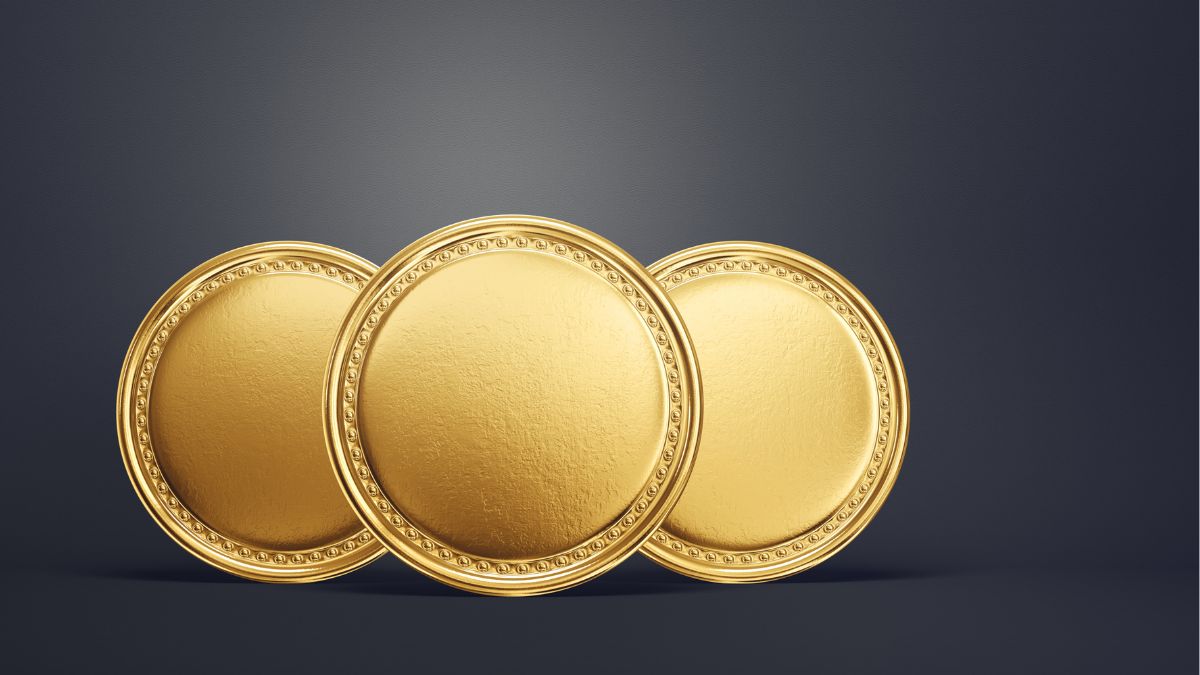Coins are more than just currency; they are storytellers of history, art, and culture. Over centuries, coins have captivated individuals worldwide, creating a passion that transcends generations. Whether you are an avid numismatist or simply intrigued by the stories coins tell, the coin obsession is a fascinating world worth exploring.
Table of Contents
1. The Origins of Coin Collecting
Coin collecting, also known as numismatics, dates back to ancient times. The practice was popular among Roman emperors and Renaissance elites who collected for their artistic value and historical significance. Over time, collecting evolved from a hobby of the wealthy into an accessible pastime enjoyed by people from all walks of life.
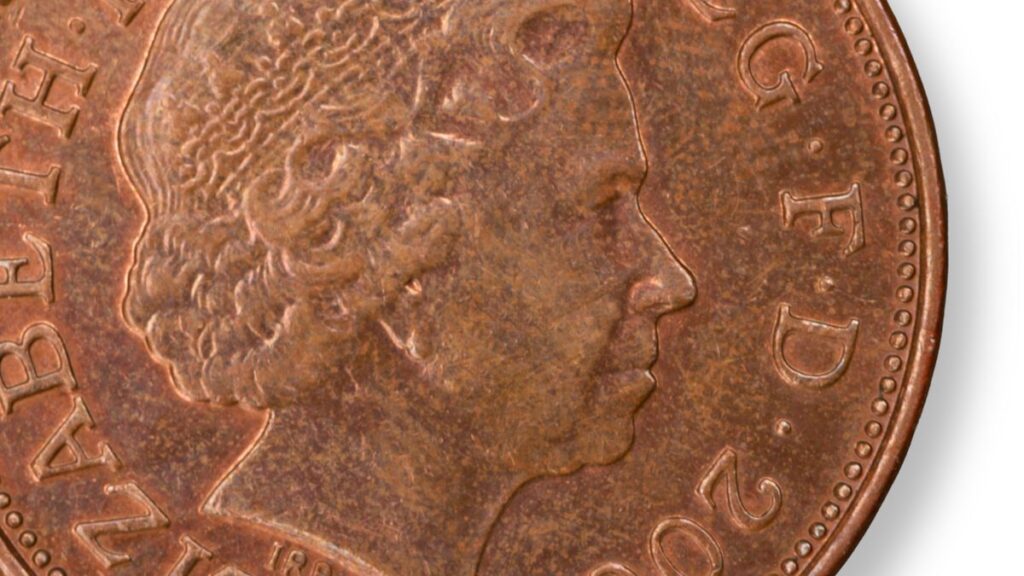
2. The Historical Significance of Coins
Each is a miniature time capsule, reflecting the politics, economy, and culture of its era. From ancient Greek drachmas to Roman denarii, serve as tangible links to the past. They commemorate significant events, honor influential figures, and provide insight into civilizations that have long since disappeared.
3. The Artistic Appeal of Coins
Coins are not just functional objects; they are works of art. The intricate designs, engravings, and motifs on showcase the craftsmanship and creativity of their creators. Some such as the U.S. Morgan Silver Dollar or the British Sovereign, are celebrated for their stunning designs and enduring beauty.
4. The Diversity of Coin Collecting
Coin collecting is a diverse hobby, offering something for everyone. Collectors may focus on a specific era, country, or theme, such as animals, royalty, or historical events. Others pursue rare error , or even modern commemorative pieces. This diversity ensures that the obsession caters to a wide range of interests.
5. The Hunt for Rare Coins
One of the most exciting aspects of collecting is the hunt for rare. like the 1933 Saint-Gaudens Double Eagle or the 1804 Silver Dollar are legendary among collectors. Finding a rare can feel like uncovering buried treasure, adding an element of adventure to the hobby.
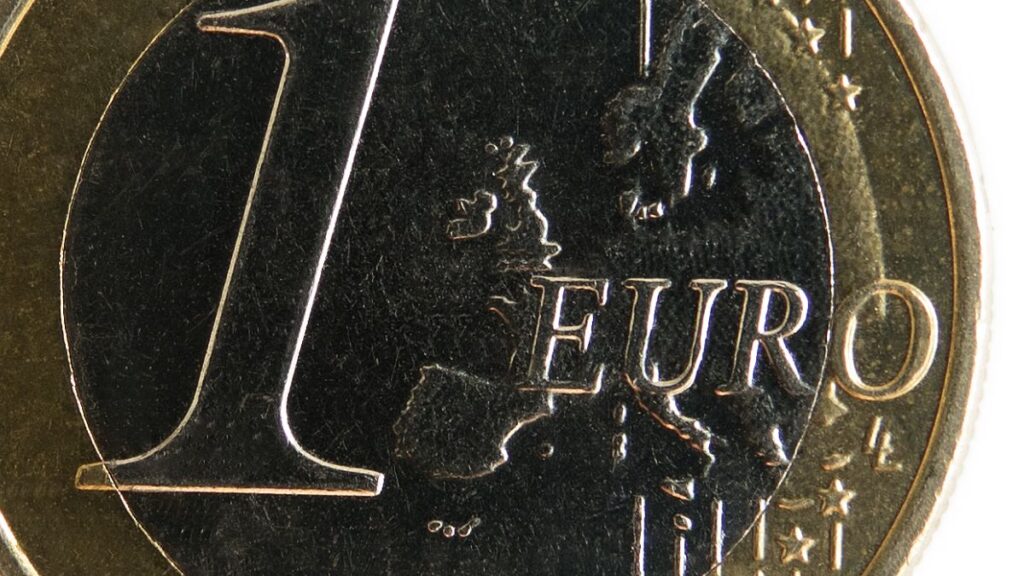
6. The Role of Grading in Coin Collecting
Grading is a critical aspect of collecting, as it determines a condition and value. Professional grading services assess based on factors such as wear, luster, and strike quality. Knowing how to grade accurately is an essential skill for collectors and can significantly impact the worth of a collection.
7. Coins as Investments
While many collectors pursue for their historical and aesthetic value, others see them as investment opportunities. Rare often appreciate in value over time, making them attractive to investors. However, investing requires knowledge of market trends and careful research to ensure profitable acquisitions.
8. The Role of Technology in Modern Coin Collecting
Technology has revolutionized collecting. Online marketplaces, digital catalogs, and -grading apps have made it easier than ever to buy, sell, and evaluate . Additionally, virtual communities allow collectors to connect, share knowledge, and trade with enthusiasts worldwide.
9. The Emotional Connection to Coins
For many collectors, hold a deep emotional significance. A may remind someone of a loved one, a memorable trip, or a milestone event. The sentimental value of often surpasses their monetary worth, making them cherished heirlooms passed down through generations.
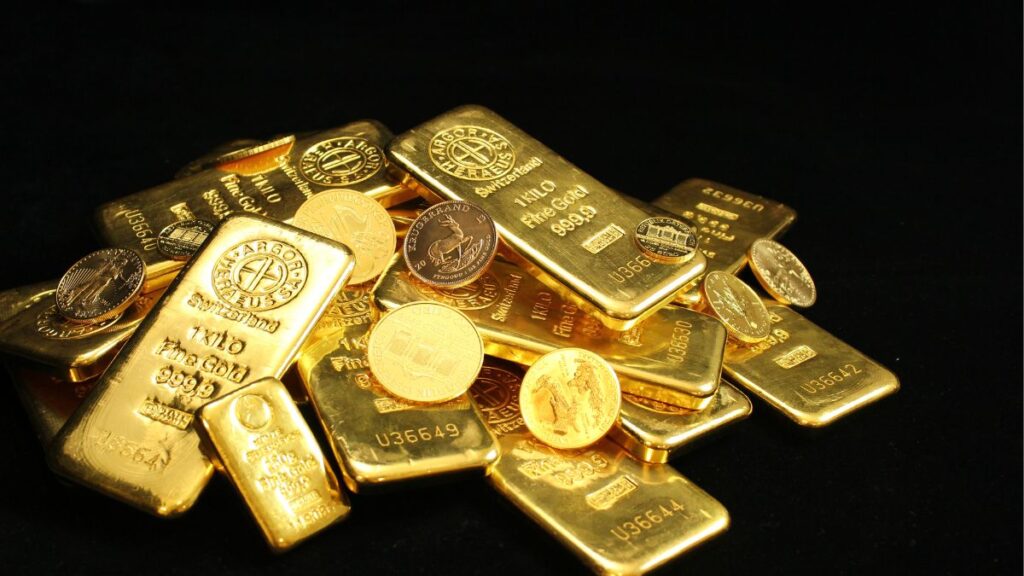
10. The Challenges of Coin Collecting
Coin collecting is not without its challenges. Counterfeits, storage issues, and fluctuating market values can pose difficulties for collectors. Educating oneself about authentication techniques and proper preservation methods is crucial for overcoming these obstacles and maintaining a valuable collection.
11. Famous Coin Collections and Collectors
Throughout history, some collections have achieved legendary status. The King Farouk Collection and the Eliasberg Collection are renowned for their comprehensiveness and rarity. Famous collectors, such as Louis E. Eliasberg and Eric P. Newman, have inspired countless enthusiasts with their dedication to the hobby.
12. How to Start Your Coin Collection
Starting a collection is an exciting journey. Beginners can begin by collecting from their own country or exploring themes that interest them. Researching, joining clubs, and attending shows are excellent ways to deepen knowledge and expand a collection. The key is to start small, enjoy the process, and let curiosity guide the way.
Conclusion
The obsession is more than just a hobby; it is a celebration of history, art, and human ingenuity. Whether you’re captivated by the stories tell, their artistic beauty, or the thrill of the hunt, collecting offers endless opportunities for discovery and enrichment. With patience and passion, anyone can embark on this rewarding journey and create a collection that reflects their unique interests and experiences.
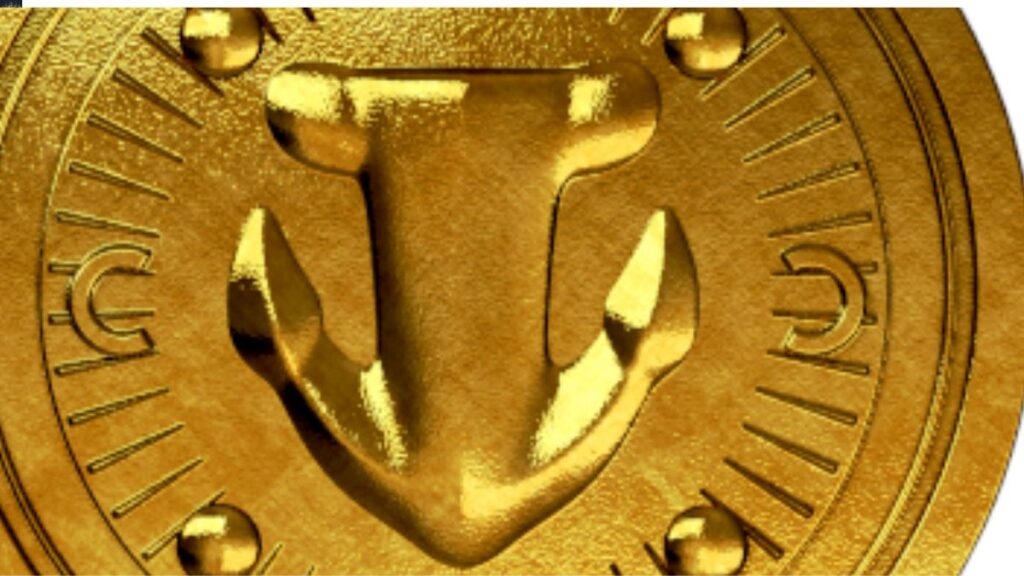
FAQs
1. What is the most valuable in the world?
The most valuable is the 1794 Flowing Hair Silver Dollar, believed to be the first silver dollar minted in the United States. It sold for over $10 million at auction.
2. How can I tell if a is rare?
Researching a minting year, mint mark, and production quantity can help determine its rarity. Consulting a professional appraiser or catalog is also recommended.
3. What is the best way to store?
Should be stored in a cool, dry place, away from direct sunlight. Using albums, holders, or capsules can protect them from damage.
4. Are old always valuable?
Not necessarily. A value depends on factors such as rarity, condition, demand, and historical significance, rather than just age.
5. What are error?
Error are with mistakes made during the minting process, such as misstrikes or incorrect designs. These are often sought after by collectors.
6. How do I start collecting on a budget?
Start by collecting circulating or from pocket change. Gradually expand to affordable options, such as modern commemorative or from local shows.
7. What is grading?
Coines grading is the process of evaluating a condition and assigning it a grade based on its quality. Professional grading services, such as PCGS and NGC, are widely recognized.
8. Can collecting be profitable?
Yes, but it requires knowledge, research, and careful selection of . Some appreciate in value over time, making them worthwhile investments.
9. What’s the difference between numismatics and collecting?
Numismatics is the study of paper money, and medals, while collecting specifically focuses on acquiring coin,.
10. Are ancient harder to collect?
Ancient can be more challenging to collect due to their rarity and potential authenticity concerns. However, they are widely available through reputable dealers and auctions.
11. What are commemorative?
Commemorative are specially minted that celebrate significant events, people, or anniversaries. They are popular among collectors for their unique designs.
12. How do I know if a is counterfeit?
Counterfeit detection requires a keen eye and knowledge of genuine characteristics. Consulting experts or using authentication services can help identify fakes.
